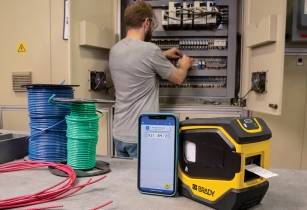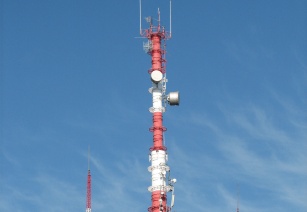On October 14, International E-waste Day takes place for the second time, aiming to reduce the burden that e-waste places on the environment and save natural resources
More than 100 organisations from 44 countries stand behind the initiative to encourage the recycling of e-waste.
Fifty million metric tonnes of e-waste is generated every globally year. Much of it is handled in an unsafe way, causing pollution, human health hazards and the loss of valuable finite resources. E-waste is the world’s fastest-growing waste stream and most countries have difficulties handling these vast amounts of discarded products in a responsible and resource-efficient way. In 2016, only 20 per cent of electronic waste was recycled globally.
International E-waste Day puts a spotlight on the fact that, while the focus has been on collecting products, not enough effort has gone into building infrastructure for processing the waste or safely recovering used materials. This has led to a shortage of facilities where e-waste can be managed safely.
Instead, e-waste is mixed with residual waste, where it is often incinerated, placed in a landfill, or exported to developing countries. E-waste exporters generally choose destinations lacking effective legislation that regulates how e-waste should be handled.
In these countries, products are manually disassembled, burned in the open air or dissolved in acid by local labourers, including children, without adequate protective equipment — leading to severe health problems.
Electronic products contain many toxic substances hazardous to human health, with documented risk to the brain nervous system, lungs and kidneys as well as links to certain cancers. Toxic residues can leak and contaminate the soil, air and water, affecting surrounding ecosystems where the local communities grow their food, hunt and fish. The hazardous substances also spread to other continents through the air and the sea.
To prevent e-waste, the global sustainability certification TCO Certified has a circular approach to the production and consumption of IT products. By requiring that IT products are durable, repairable and upgradeable as well as recyclable, products can live longer and materials can be recovered.
“There is not one big solution to this problem — it’s all about taking many small steps in the right direction. For example, with TCO Certified, generation 8, the use of hazardous substances in IT products is reduced or eliminated, to enable recycling of materials when the product has reached the end of its usable life,” says Andreas Rehn, development manager at TCO Development, the organisation behind TCO Certified.



































